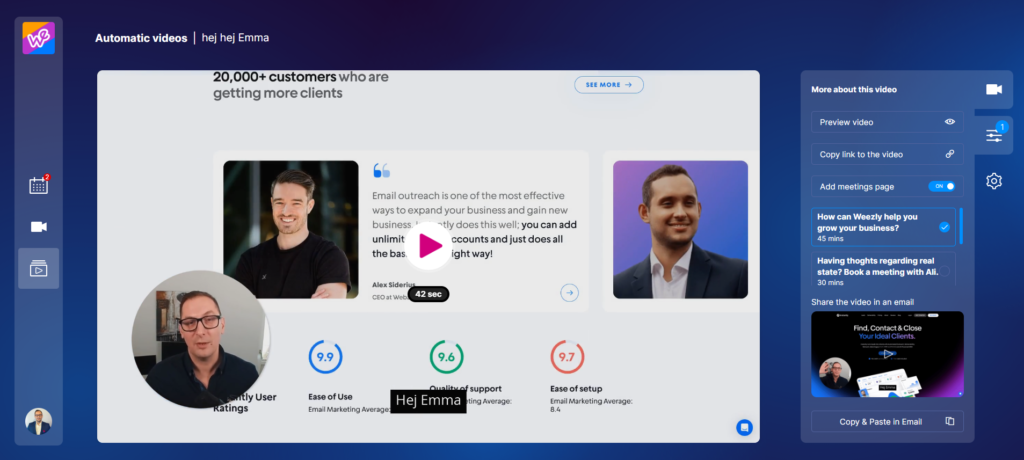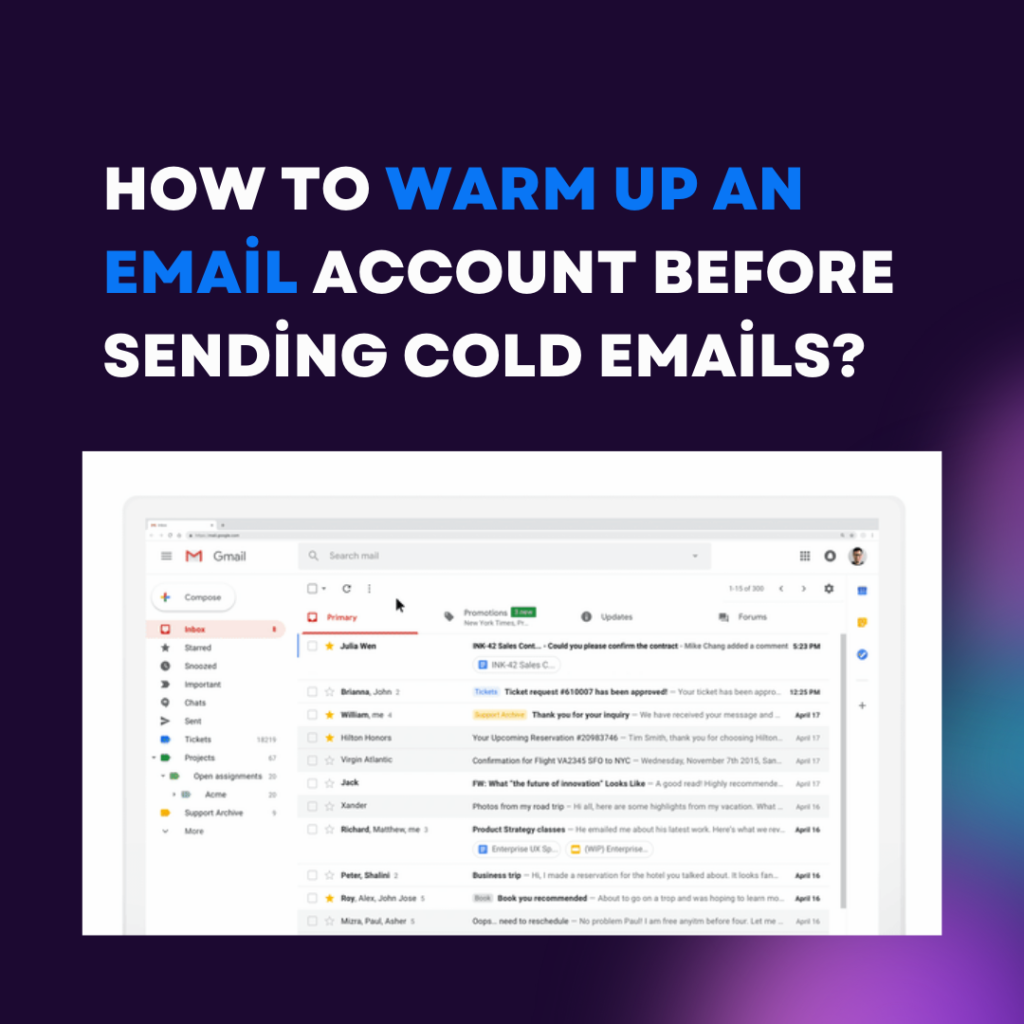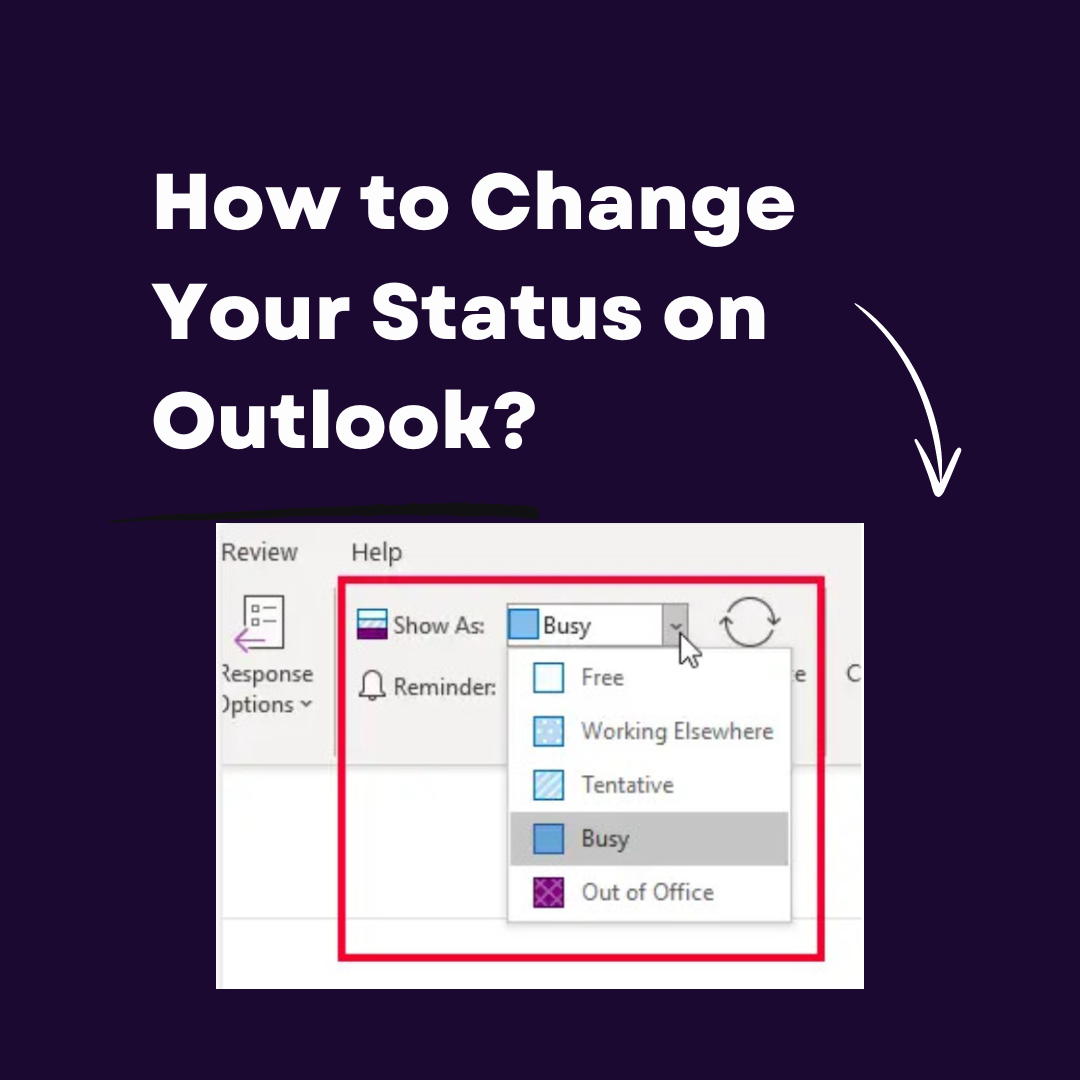Email marketing remains a powerful tool for businesses to connect with potential customers. However, the effectiveness of cold emails can be significantly impacted if your email account is not properly warmed up. Warming up an email account ensures high deliverability rates, avoids spam filters, and builds a good sender reputation. In this comprehensive guide, we will explore step-by-step how to warm up an email account before diving into cold email campaigns.

Why Warm Up an Email Account?
So, before we talk about how to warm up an email, let’s explore why warming up is so important.
Importance of Sender Reputation
Your sender reputation is a score that internet service providers (ISPs) assign to your email-sending domain. A good sender reputation means that your emails are more likely to land in the recipients’ inboxes rather than their spam folders. Warming up your email account helps in building this reputation gradually.
Avoiding Spam Filters
Spam filters are designed to protect users from unwanted and potentially harmful emails. New email accounts or accounts that suddenly send a large volume of emails are more likely to be flagged as spam. Warming up your account helps in avoiding these filters by gradually increasing your email-sending volume.
Ensuring High Deliverability Rates
High deliverability rates are essential for the success of your cold email campaigns. A properly warmed-up email account ensures that your emails reach the intended recipients. This is achieved by gradually building trust with ISPs and email service providers.
Step-by-Step Guide: How To Warm Up an Email Account?
1. Set Up Your Email Account
Before you start warming up your email account, ensure that it is properly set up. This includes:
- Domain Authentication: Implement DomainKeys Identified Mail (DKIM), Sender Policy Framework (SPF), and Domain-based Message Authentication, Reporting & Conformance (DMARC) to authenticate your domain.
- Email Service Provider (ESP): Choose a reliable email service provider that supports warming up practices.
2. Start with Low Volume
Begin by sending a small number of emails. This helps in establishing your sender reputation without overwhelming the ISPs.
- First Week: Send around 10-20 emails per day to known contacts.
- Second Week: Gradually increase to 20-50 emails per day.
3. Focus on Engagement
Engagement is a key factor in building a positive sender reputation. Ensure that your initial emails are sent to recipients who are likely to open, read, and respond.
- High-Quality Content: Craft engaging and relevant content for your emails.
- Call-to-Action (CTA): Include clear CTAs to encourage responses.
- Personalization: Personalize your emails to increase engagement rates.
4. Gradually Increase Volume
Over the next few weeks, gradually increase the volume of emails you send.
- Third Week: Increase to 50-100 emails per day.
- Fourth Week: Increase to 100-200 emails per day.
5. Monitor Metrics
Regularly monitor your email metrics to ensure that your warming-up process is on track.
- Open Rates: Aim for open rates of 20% or higher.
- Click-Through Rates (CTR): Monitor the CTR to gauge engagement.
- Bounce Rates: Keep bounce rates below 2%.
- Spam Complaints: Aim for spam complaint rates below 0.1%.
6. Maintain Consistency
Consistency is crucial in the warming-up process. Avoid sudden spikes in email volume as this can negatively impact your sender’s reputation.
- Daily Sending: Send emails consistently every day.
- Gradual Increase: Gradually increase the volume over several weeks.
7. Use Multiple Email Accounts
If you have a large list of recipients, consider using multiple email accounts to distribute the sending volume. This reduces the risk of being flagged as spam.
8. Clean Your Email List
Regularly clean your email list to remove inactive or invalid email addresses. This helps in maintaining high deliverability rates.
- Bounce Management: Remove email addresses that bounce.
- Unsubscribes: Respect and remove recipients who unsubscribe.
- Engagement Tracking: Remove recipients who do not engage over a while.
9. Avoid Blacklist Triggers
Certain practices can trigger blacklists and negatively impact your sender’s reputation.
- Avoid Spammy Content: Refrain from using spammy words and phrases.
- Respect Privacy: Always obtain consent before sending emails.
- Compliance: Ensure compliance with email marketing laws such as the CAN-SPAM Act and GDPR.
10. Leverage Warm-Up Tools
There are various tools available that can automate and optimize the warming-up process.
- Warm-Up Inbox: A tool that automates email sending and ensures emails are delivered to the inbox.
- MailWarm: Another tool that helps in gradually increasing email volume and improving deliverability.
- Smartlead: One of the best tools for warm-ups.
Best Practices for Email Warm-Up
Let’s see.
Personalize Your Emails
Personalization is a powerful tactic in email marketing. Personalized emails are more likely to be opened and engaged with.
- Use Recipient’s Name: Address the recipient by their first name.
- Relevant Content: Tailor the content to match the recipient’s interests and needs.
You can use personalized video messages to boost your sales via email. Check Weezly’s personalized AI videos for the best results.

EXPLORE: Face and Voice Cloning: Enhancing Outreach with Weezly: for easy personalization
Provide Value
Ensure that your emails provide value to the recipients. This can be in the form of informative content, exclusive offers, or useful resources.
- Educational Content: Share industry insights, tips, and best practices.
- Exclusive Offers: Provide special discounts or offers to your recipients.
- Resources: Share valuable resources such as eBooks, whitepapers, or case studies.
Encourage Engagement
Encouraging engagement is crucial for building a positive sender reputation.
- Ask Questions: Include questions in your emails to prompt responses.
- Feedback: Request feedback from your recipients.
- Surveys: Conduct surveys to gather insights and encourage interaction.
Monitor Your Sender Score
Your sender score is a key indicator of your email-sending reputation. Regularly monitor your sender score using tools like SenderScore.org.
- SenderScore.org: A tool that provides a score based on your email-sending practices.
- Actionable Insights: Use the insights to improve your email-sending practices.
Test and Optimize
Regularly test and optimize your email campaigns to improve performance.
- A/B Testing: Test different subject lines, email content, and CTAs to determine what works best.
- Analyze Metrics: Optimize your campaigns by using metrics such as open rates, CTR, and conversions.
- Continuous Improvement: Continuously refine your email-sending practices based on the insights gained.
How to Warm Up an Email: Final Thoughts
Warming up an email account is a critical step in ensuring the success of your cold email campaigns. You can build a positive sender reputation and achieve high deliverability rates by gradually increasing your email-sending volume, focusing on engagement, and monitoring your metrics. Follow the step-by-step guide and best practices outlined in this article to effectively warm up your email account and maximize the effectiveness of your cold email campaigns.
EXPLORE: How to Improve Email Deliverability?







